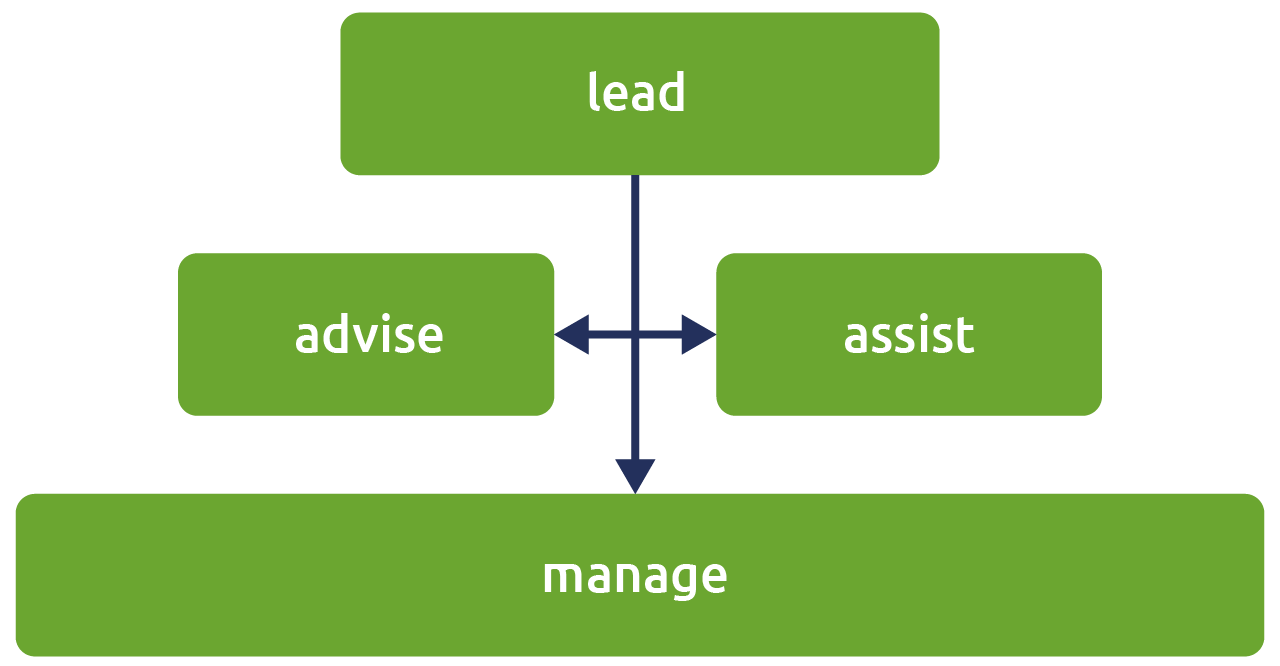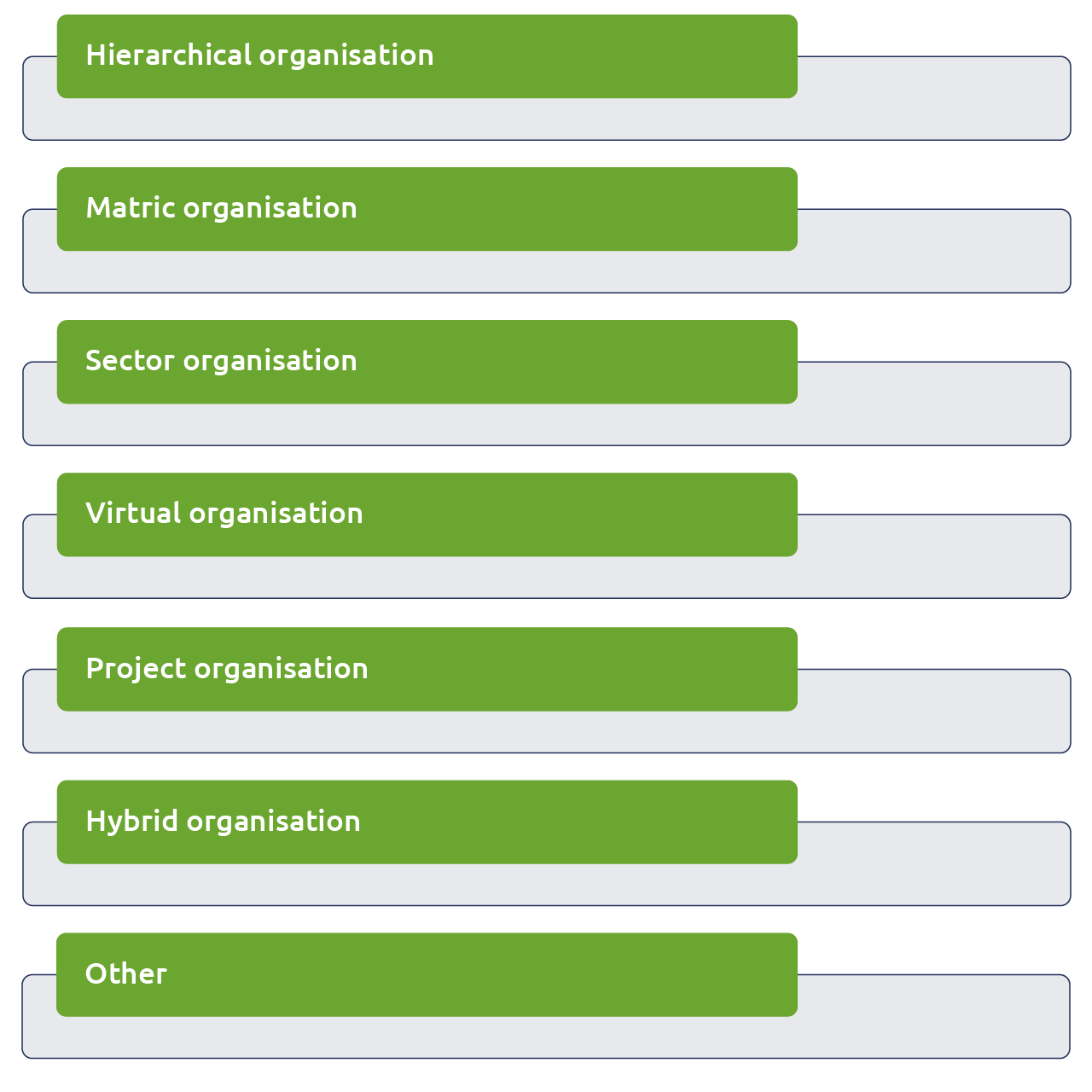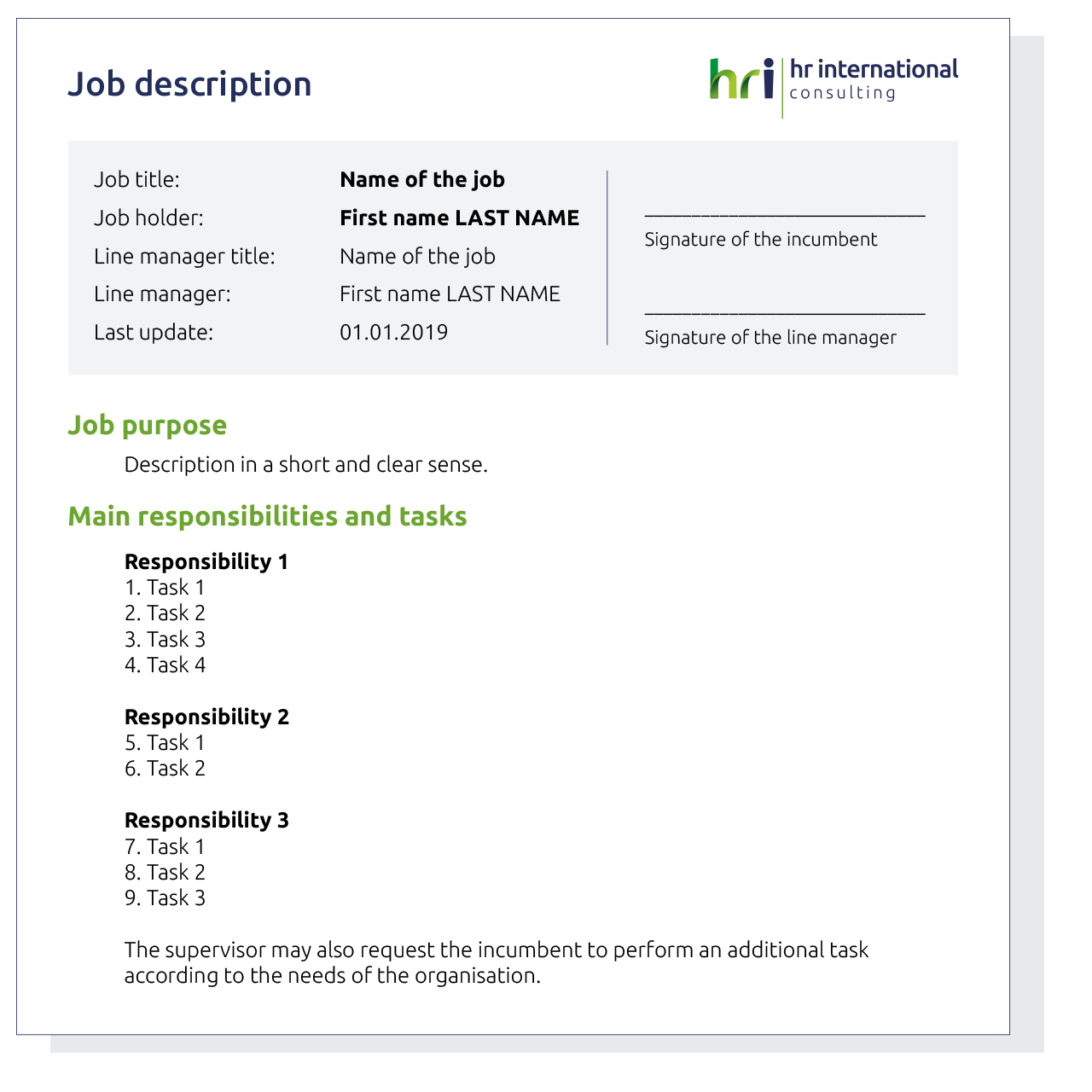Organisational development
We love to create structures and clarity in the organisation. In doing so, we incorporate successful organisational models from other countries, other cultures and other sectors into our considerations. A participatory approach plays a central role in our advice. Together with the partner organisation, we develop a tailor-made concept for increasing the efficiency of organisational processes - taking into account theoretical models and approaches.
Our selection of possible tools
Leistungen - Organisationsentwicklung

Tasks
- mission
- vision
- products and services
- objectives and strategies
- motivation and interests
Environment
- position of the organisation
- customers
- external partners
Culture
- values and norms
- regulation
- hierarchical relations
- definition of success
- history
Results
- operational success
- financial success
- innovation
- creation of potential
- stakeholder satisfaction
Structures and processes
- division of work
- decision-making power
- process
- knowledge management
Management
- leadership (degree of autonomy, type)
- information system
- specifications (control, budgets, etc.)
- feedback (reward, sanctions)
- communication and control
Resources
- staff
- machines and buildings
- technology and infrastructure
- goods and materials
- purchase
- finances
The four dimensions of the organisation chart

Order of management functions
According to the relevance in the organisation from left (main operational functions) to right (support functions).
Number of employees to supervise
The ideal number of subordinates is from 6 to 8 (maximum 10) employees per supervisor.
Hierarchy
Each employee is attached to his superior by a direct reporting line.
Number of organisational units
Employees with identical job descriptions are listed in the same organisational unit in alphabetical order.
Job classification
An organisational chart contains no reference to the job grading or salary scale.
Supervisor and his/her subordinate do not have the same grade.
Organisation models

First considerations:
- Which functions should be executed at what level? (local – regional – national – international)
- Hierarchical versus functional reporting lines – What should be considered?
- What is a target organisation and when does it take effect?
- What support measures are needed during the transformation process towards the target organisation?
Less is more!
A clearly structured job description includes four main elements: identification, signatures, job purpose, main responsibilities and tasks.
As part of the staffing process, the job description is completed by the job profile (qualifications for the incumbent).

- Change Management – Change begins in the mind of the employee. Need for clear and transparent communication
- Change agents – Role, understanding and optimal use
- Organisational handbook – Documentation as the backbone of the organisation
- Workflow analysis – Only theory? How to increase efficiency through coordinated interdepartmental and interdisciplinary cooperation
- Position planning – The art of a “living organisation”
- Succession planning – Looking at the job and not at the job holder
